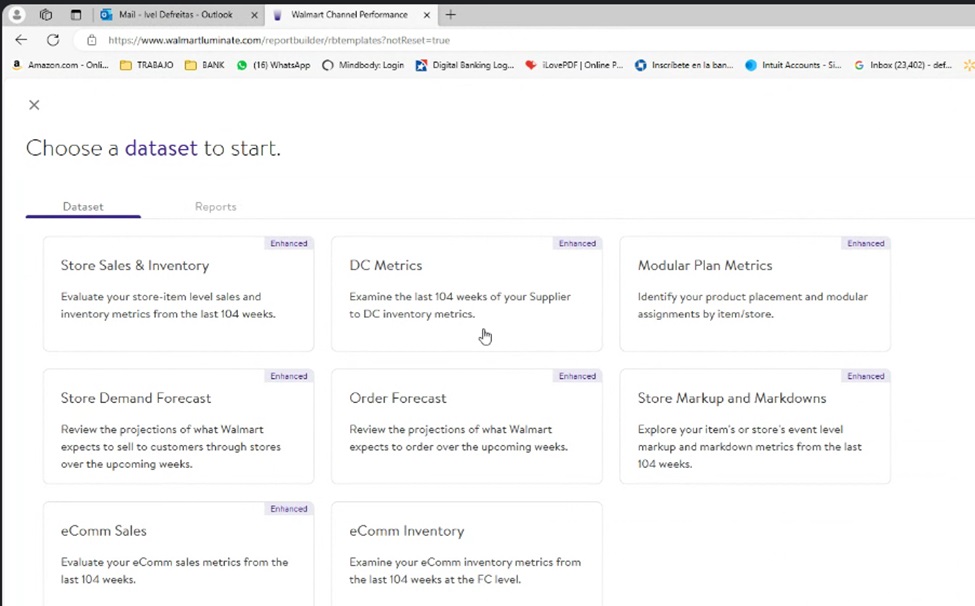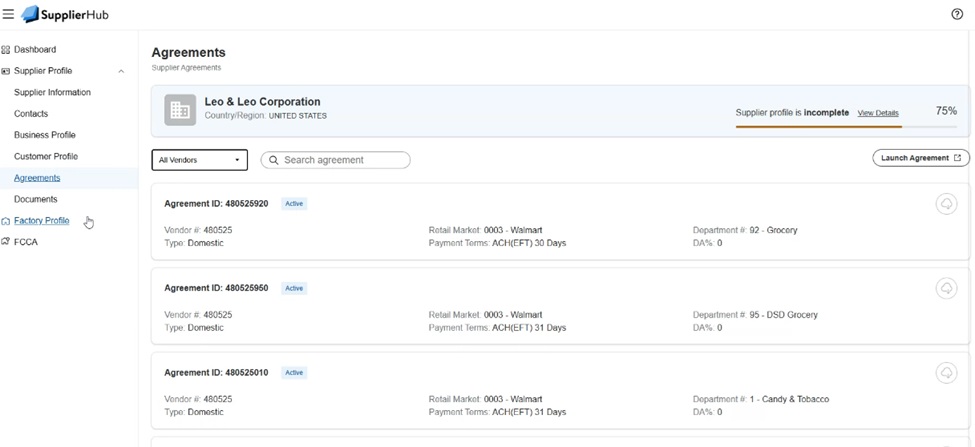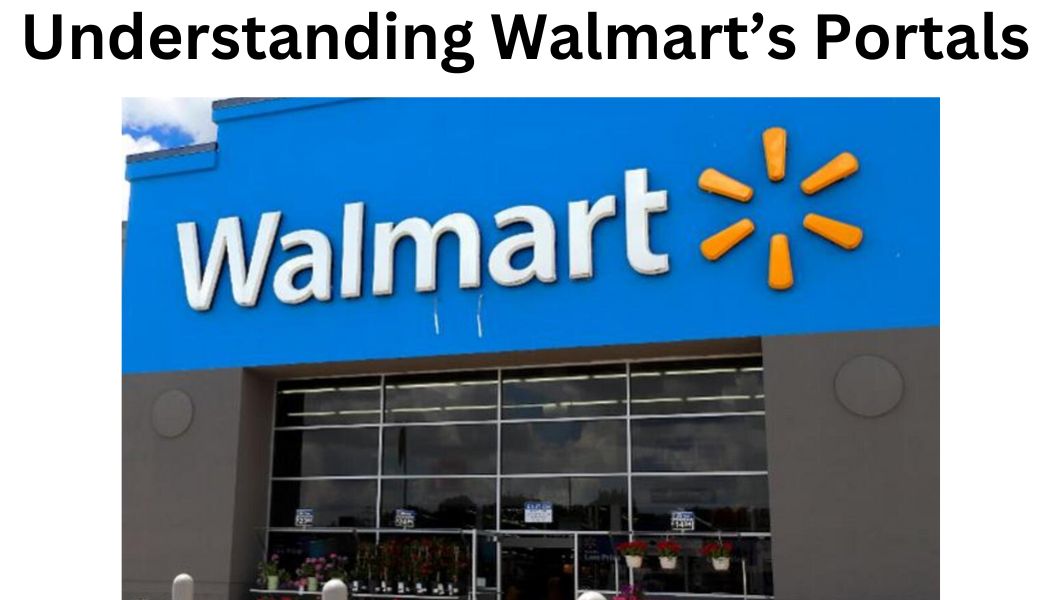In previous articles, I have written about Retailers’ Portals and the complexity of managing them. One of the best examples to understand the complexity and dynamics of retailers portals is Walmart’s Portal. Walmart, the world’s largest retailer, operates a complex supply chain that requires efficient and effective management of its numerous suppliers. To streamline this process, Walmart utilizes various portals to facilitate supplier management; and these portals changes dynamically as the market changes and technology evolves. This article delves into the different Walmart’s portals used in the past and the present to manage Vendors and supplier.
Walmart’s Portals to manage Suppliers and Vendors
This section takes a look at the portals that Walmart have used and are currently used.
Walmart Retail Link: This is the oldest of the Walmart’s portals. It was deployed in the early 1990s, and it revolutionized supplier-retailer relationships by providing real-time access to sales data, inventory levels, and forecasts. Originally a basic system, it has evolved into a sophisticated platform offering detailed analytics, collaborative planning, and inventory management tools. Over the years, Retail Link has adapted to the changing retail landscape, incorporating features like direct import management, automated ordering, and supplier performance scorecards. Even though Retail Link continues to be a cornerstone of Walmart’s supplier management strategy, some of its original functions have been routed to other portals developed with state-of-the-art technology, as we will see next.
Walmart Supplier Center: The Walmart Supplier Center, introduced in the early 2000s, was one of the additions to Retail Link for onboarding new suppliers, managing product information, and ensuring compliance with Walmart’s standards. Initially focused on streamlining the supplier onboarding process, it has since evolved to offer a range of features, including the ability to submit new product proposals, update product information, and access compliance documentation. This portal now redirects to Supply One Portal.
Supplier One: In March 2024, Walmart introduced Supplier One, a unified experience accessed through the Retail Link Portal or a dedicated website. This portal has been assuming some of the functions previously managed through Retail Link, like Item 360 and PO management. Key Features of Supplier One Portal involve:
- Unified Experience: Supplier One offers a centralized location for suppliers to manage their products, orders, and account details.
- Accessibility: The portal is accessible via various web browsers, ensuring compatibility and ease of use for users globally.
- Integration with Retail Link: Suppliers can access Supplier One through Retail Link by searching for the portal within the apps section, indicating a seamless transition between the two systems.
Walmart is investing heavily in technology, and there will be continued development of Supplier One and its features. With ongoing user feedback, the platform might continue to develop its features and functionality, helping suppliers access critical data and optimize their business practices.
Walmart Marketplace Seller Portal:
- Purpose: The Marketplace Seller Portal enables third-party sellers to manage their products, orders, and payments on Walmart’s online marketplace.
- Key Features: Allows sellers to list products, set prices, fulfill orders, and access performance metrics.
- Benefits: Expands Walmart’s product offering, provides sellers with a new sales channel, and offers customers a wider range of products.
Luminate Portal: Luminate is a new Walmart Portal to manage reports related to the performance of vendors. Below the main screen with the reports available.

Supplier Hub Portal: The Walmart Supplier Hub is a recent portal platform designed to provide suppliers with easy access to the tools and resources they need to do business with Walmart. It serves as a centralized hub where suppliers can manage their account information, access training materials, and stay updated on Walmart’s policies and requirements. Key features of the Walmart Supplier Hub include: Account Management, Training and Resources, Policy Updates, Communication, and Performance Metrics.

The Future of Walmart’s Portals to Manage Suppliers
As Walmart continues to evolve its supplier management systems, the focus remains on efficiency, sustainability, and inclusivity. Integrating advanced portals like Supplier One signifies Walmart’s dedication to leveraging technology for better supply chain management. Suppliers can expect ongoing enhancements to these platforms, ensuring they remain competitive and responsive to the dynamic retail landscape.
Conclusion
In conclusion, Walmart’s portals play a pivotal role in its operations, enabling efficient communication, collaboration, and decision-making. For businesses looking to engage with Walmart, understanding and leveraging these portals can lead to enhanced partnerships and business success. However, these portals’ complexity, variety, and continued evolution require outsourcing the management of the most critical portals. Promoting USA has been managing retailers’ portals for some of our customers, with outstanding achievements in terms of register time and sale increase. If you have any specific areas you would like to explore further or any questions, give us your information so we can schedule a meeting.
I hope this article on Walmart’s Portals article has been helpful. I will continue to post information on trade channel management, the general economy, and market trends. If you are interested in this article or want to learn more about Promoting USA, please subscribe to stay updated on future articles.

